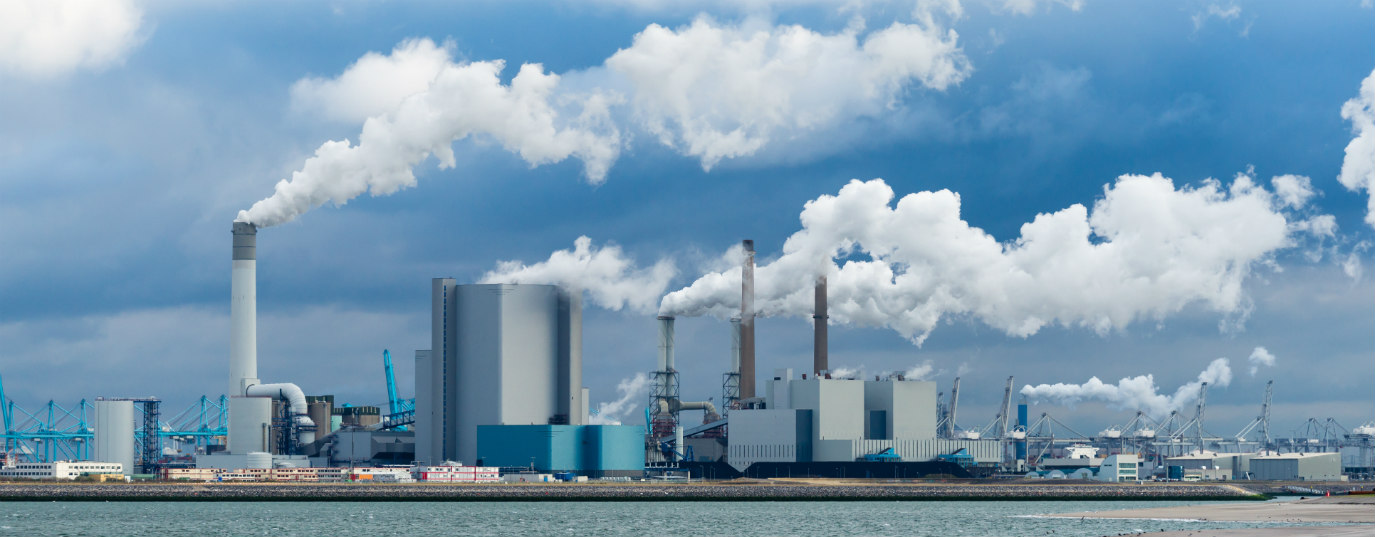
A recent report from the Environmental Protection Agency showed greenhouse gas emissions in 2021 across the U.S. indicated a long-term decreasing trend since 2011 and Oklahoma saw the same kind of decline.
But the agency also indicated emissions from large industrial sources were about 4% higher than 2020. The EPA said the increase reflected “an increase in economic activity following the economic slowdown and decrease in emissions due to the COVID-19 pandemic.”
The data indicated 2021 GHG emissions in Oklahoma totaled 48 million tons from 167 different operations ranging from power plants, petroleum and natural gas operations, refineries, chemical plants, waste operations and pulp and paper companies.
Most of the GHG in Oklahoma followed the national trend and came from 28 power plants. They contributed 27 million tons of CO2.
At least 70 petroleum and natural gas systems contributed 3.9 million tons while 5 refineries added 4.1 million tons of GHG.
The EPA found 9 chemical operations in the state contributed 7.1 million tons. Two million tons of GHG were emitted from a dozen mineral operations while two million tons of GHG came from 29 waste operations.
Three metal operations contributed 0.1 million tons while 5 pulp and paper plants emitted 1.1 million tons of GHG.
The EPA reported the data does not reflect total U.S. GHG emissions and was reported to the EPA by the facilities as of Aug. 12 of this year.
“As the United States makes strides to reduce greenhouse gas emissions and address the climate crisis, good data are more important than ever,” said Joseph Goffman, Principal Deputy Assistant Administrator for EPA’s Office of Air and Radiation in releasing the information.
“The Greenhouse Gas Reporting Program is supporting these efforts by providing high-quality, long-term data for the largest emitters, and contributing important insights into greenhouse gas emissions trends.”

More than 8,100 industrial facilities reported greenhouse gas emissions in 2021 to EPA. The data show that in 2021:
- Power plants were the largest stationary source of U.S. greenhouse gas emissions, with 1,326 facilities reporting approximately 1.6 billion metric tons of carbon dioxide emissions. While reported power plant emissions increased by 6.3% between 2020 and 2021, they have fallen 28.5% since 2011, reflecting the long-term shifts in power sector fuel-stock from coal to natural gas.
- Petroleum and natural gas systems were the second largest stationary source of emissions, reporting 312 million metric tons of greenhouse gas emissions. Reported emissions for 2021 were 0.7% lower than in 2020, but 12.8% higher than 2016. (2016 is the earliest year of comparable data for this sector, as new industry segments began reporting that year.)
- Reported direct emissions from other large sources in the industrial and waste sectors were a combined 807 million metric tons of greenhouse gas emissions in 2021, up 1.8% from 2020, and down 7.7% since 2011.





